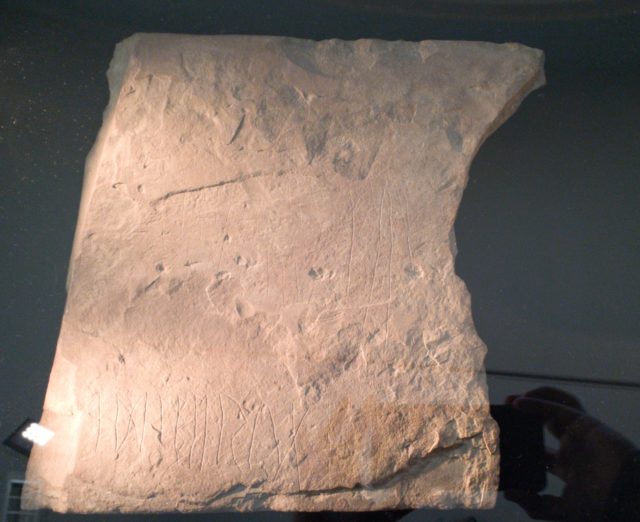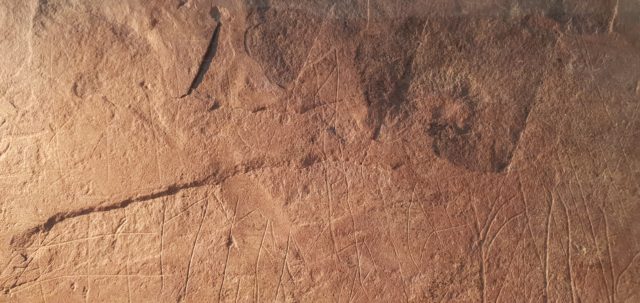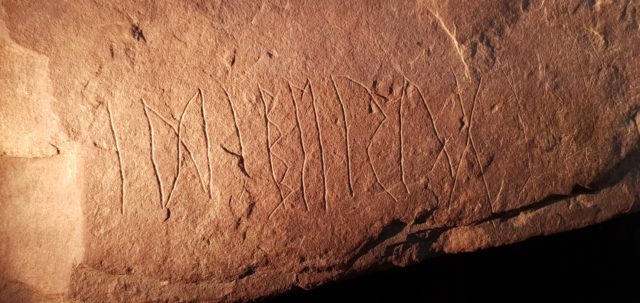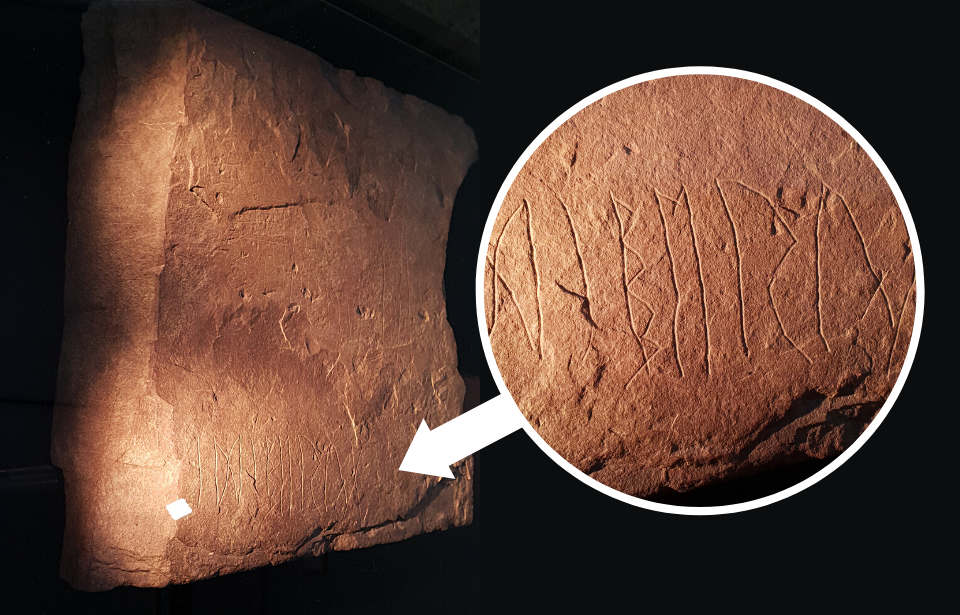A unique set of ancient runes have been discovered in Norway by a team of archaeologists. The dating process determined them to be the oldest set of runes found etched onto stone so far. As archaeologists continue to study the runes, it’s expected that more discoveries will be made about the ancient writing system and the people who used it.
The stone was discovered in a gravesite

In the autumn of 2021, archaeologists were exploring a region in Norway just west of Oslo called Tyrifjord, already known to be saturated with important artifacts and archaeological finds. The archaeologists were digging at a grave site in the area, where things like charcoal and bones were discovered. Along with these items, a sandstone slab measuring 31 centimeters by 32 centimeters was discovered. It had distinct markings on its surface.
Called the Svingerud Stone for the location where it was discovered, the slab has been determined as “among the oldest runic inscriptions ever found” and “the oldest datable runestone in the world.” Thanks to surrounding artifacts, the markings on the stone are dated between 1 and 250 A.D.
There are curious markings along with the runes

As runes are an ancient writing system with significant variations, the archaeologists needed time to analyze the markings and make out what was written. On the front of the stone, there are eight very distinct runes that read “Idiberug,” likely carved with the tip of a knife or a needle. Though it’s unclear exactly what this means, it is likely that it was the name of a man, a woman, or a family.
In addition to the distinct runes were various other markings made on the stone. These included some etchings that seemed to have formed a grid pattern, as well as small figures in the shapes of zigzags.
It is possible that these markings may also stand for something, but the transformation of the ancient Nordic language to the modern language spoken today has made deciphering them more challenging. It’s also possible that these etchings were the first of the writer, who may have been learning how to write runes. Their meaning remains unclear.
The discovery is expected to reveal more information

Kristel Zilmer, a professor at the University of Oslo, has called the discovery “the most sensational thing that I, as an academic, have had.” Runes that date to before the Svingerud Stone have been discovered, with the oldest runes found on a bone comb in Denmark. However, these runes were carved into stone.
In finding the Svingerud Stone, Zilmer and her colleagues have opened a new door to understanding the ancient writing system. “Without doubt, we will obtain valuable knowledge about the early history of runic writing,” she said. “This find will give us a lot of knowledge about the use of runes in the early Iron Age. This may be one of the first attempts to use runes in Norway and Scandinavia on stone.”
More from us: Bricks from Guignard Brick Works Helped Build the American South
The Museum of Cultural History, which is part of the University of Oslo, has added the stone to its collection of historical artifacts, the largest in Norway. Archaeologists and scholars will continue to study the stone to try and discover more about the ancient writing system and those who used it.
